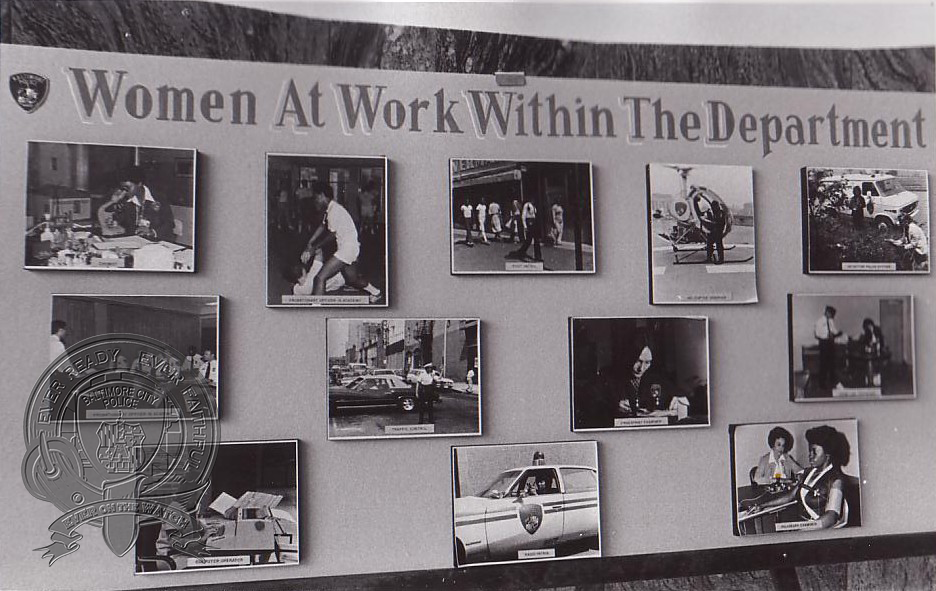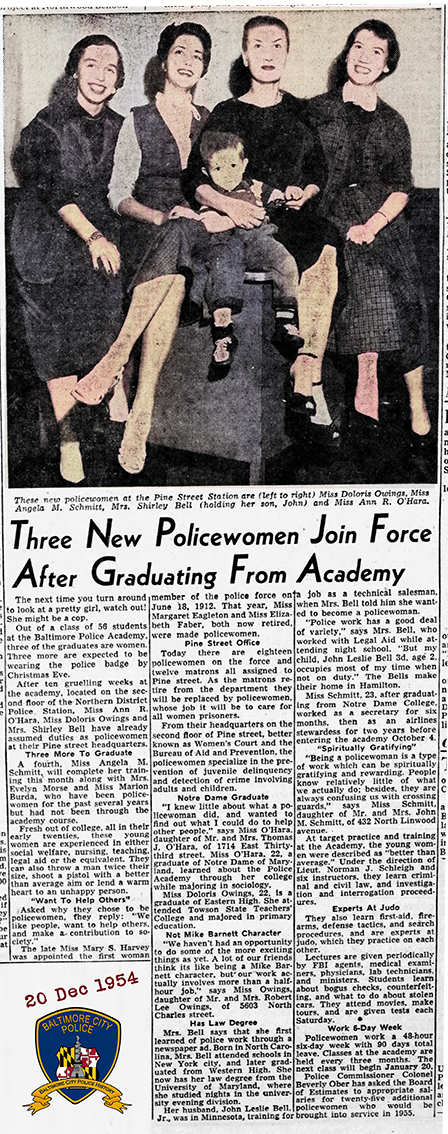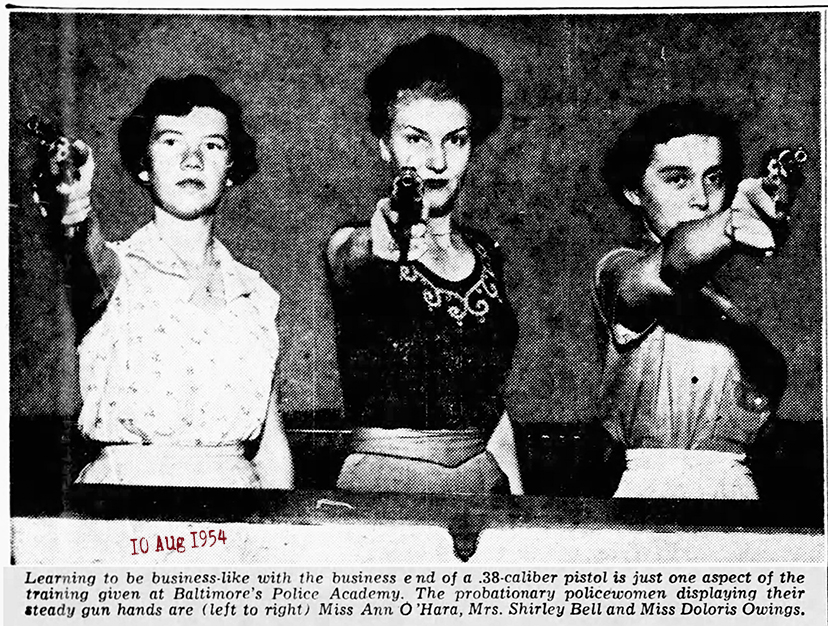Police Women
Women and the Baltimore Police Department
Timeline of some of Baltimore's Women in Law Enforcement
![]()

Timeline
1912- The first Women Officer was hired under the title of Policewomen was Mary S. Harvey, E.O.D. of June 19, 1912, her hiring was followed by that of Margaret B. Eagleston July 22, 1912
1914 -17 October 1914 - The first female officer shot in the line of duty was Policewoman Elizabeth Faber. As she and her partner, Patrolman George W. Popp were attempting to arrest a pickpocket on the Edmondson Avenue Bridge when they were both shot.
1925 - 28 March 1925 - Two female members of the department were given their first lesson in pistol shooting. Baltimore policewomen received their first lesson in the use of firearms. Lieut. James O. Downes, expert marksman and instructor of the Baltimore Police Department's Pistol Team, explained the use of pistols to the two policewomen. Mrs. Mary J. Bruff and Miss Margaret B. Eagleston were the students who appeared at the Central police station yesterday.
1937 - For the first time in the history of the Baltimore Police Department, women have been advanced to the rank of Sergeant - Mrs. Cronin and Misses Lillie, Lynch and Ryan Promoted, The women, four in number, joined the force during or immediately after the World War, when there was a shortage of men, and functioned for a time as telephone and signal operators. Under terms of a bill signed Friday (28 may 1937) by Governor Nice, they will hereafter enjoy the rank and the pay, which is $46.50 a week as against their previous $40-of sergeants.
1937- First African American female Violet Hill Whyte, became Baltimore Police Department's first African American female officer hired. She worked out of the Western District for her 30-year career with the department, rose to the rank of Lieutenant. She was promoted to Sergeant in 1955 and Lieutenant in 1967. During her career, she never missed a day of work. HERE
1937 - Four females were promoted to the rank of Sergeant, Mrs. Bessie C. Cronin, Ms. Mae E. Lillie, Ms. Clara Lynch and Ms. Margaret Ryan. First time in Baltimore Police History that a female made the rank of Sergeant.
1945 - 2 June 1945 – Policewoman Ada F Bresnan of the Baltimore Police Department, became the first woman elevated to the rank of Sergeant. Sgt. Bresnan was appointed to the department in November of 1929, and on October 10, 1944, was placed in charge of policewomen after the retirement of Miss Eva Eldridge, who held the post for 15 years. The staff now consists of four white women and two Negroes
1952 - Crossing Guards added, hired in June of 1952, trained and ready to take their posts in September at the start of the new school session. Guards made $25 a week to be paid bi-weekly during school sessions.
1953 - Mrs. Mary E. Hoy, Baltimore City Police Crossing Guard received the department's highest award “The Medal of Honor.” During that time School, Crossing Guards were employees of the Baltimore Police Department.
1969 - In May of 1969, we have our first father/daughter on the police department. Officer James F. Stevens and Policewoman Patricia A. Loveless
1969 - 26 July 1969 - Baltimore Police announce their search for uniforms for their 48 sworn Baltimore Policewomen by the end of the year.
1969 - In October of 1969, we have our first female officer honored by the Criminal Justice Commission. Policewoman Mercedes Rankin
1970 - Helen Mackall - Crossing Guard was awarded the Medal of Honor, first African American women to be awarded the medal, she lost her leg saving a child that was nearly run over. During that time School, Crossing Guards were employees of the Baltimore Police Department.
1973 - 8 June 1973 - Gladys Aye became the first woman officer to enter the academy after the designation Policewoman was dropped and both men and women officers went by the single title of "Police Officer" this also gave female officers the opportunity to be promoted above the rank of Lieutenant. The change from Policeman and policewoman was in the works for nearly two weeks before it was officially announced on 11 June 1973 HERE
1973 - 12 June 1973 - The Civil Service Commission authorized the single classification of "Police Officer" to replace the dual designation "Policeman / Patrolman" and "Policewoman / Patrolwoman". This reclassification was a continuation of the department's efforts in the area of equal employment opportunity. (Female "Police Officers" now had the same prerogatives and responsibilities as their male counterparts. Now only one competitive test for promotions is necessary. Thus, a single career ladder was established for all sworn members.)
1975 - 20 March 1975 - Dorothy Woodcock became the first female aerial observer in Baltimore's Fox Trot unit, at the time they felt she could have actually been the first in the state.
1978 - 24 October 1978 - Baltimore Police promoted the First Woman Police Major, Lt. Patricia Mullen, elevated two grades as she became Major Patricia Mullen. Promoted from Lieutenant of the Homicide Unit, Major Mullen was put in charge of Youth Section.
1979 - Officer Linda Flood became the first female assigned to plain clothes in the newly formed STOP Squad, which was responsible for arresting street-level drug dealers. She did not stop there; she would later become the first female African-American aerial observer in the helicopter unit.
1981 - Janice West became the first female officer assigned to the Mounted Unit
1982 - Police Officer Kathy Adams is the first female officer to become a member of our QRT (Baltimore's SWAT).
1982 - 30 July 1982 - The First Female K9 officer is assigned. Officer Charlene M. Jenkins was handler to Max
1983 - 15 January 1983 - The First Woman Promoted to District Commander - Major Bessie R Norris, was promoted to Major and assumed her duties as Commander of the Southwestern District
1984 - Police Officer Donna M. Cooper was shot on November 2, 1984, and was the first female officer to be awarded the Citation of Valor.
2002 - Police Officer Crystal Deneen Sheffield was the first female officer to die in the line of Duty and also awarded the “Medal of Honor.”
2007 - Deborah A. Owen's promoted to Deputy Commissioner 10/12/2007 highest ranking female
2010 - Deputy Commissioner Deborah Owens was the highest-ranking female in the Department and the only female to reach that rank.
2011 - Officer Latosha Tinsley would be the first surviving female "Officer" to be awarded the “Medal of Honor.” There was a previous female recipient of the award, but while employed by the Baltimore Police department she was acting as a school crossing guard
2018 - LaTonya Lewis promoted to Lt. Colonel 2/9/2018 highest ranking African American female
We know this list is incomplete, we need more info, so if you have info, a first, or dates of when a unit, or event took place that involves our Women in Baltimore's Police Department; Please do not hesitate in getting that information to Kenny or me. This email address is being protected from spambots. You need JavaScript enabled to view it.
![]()
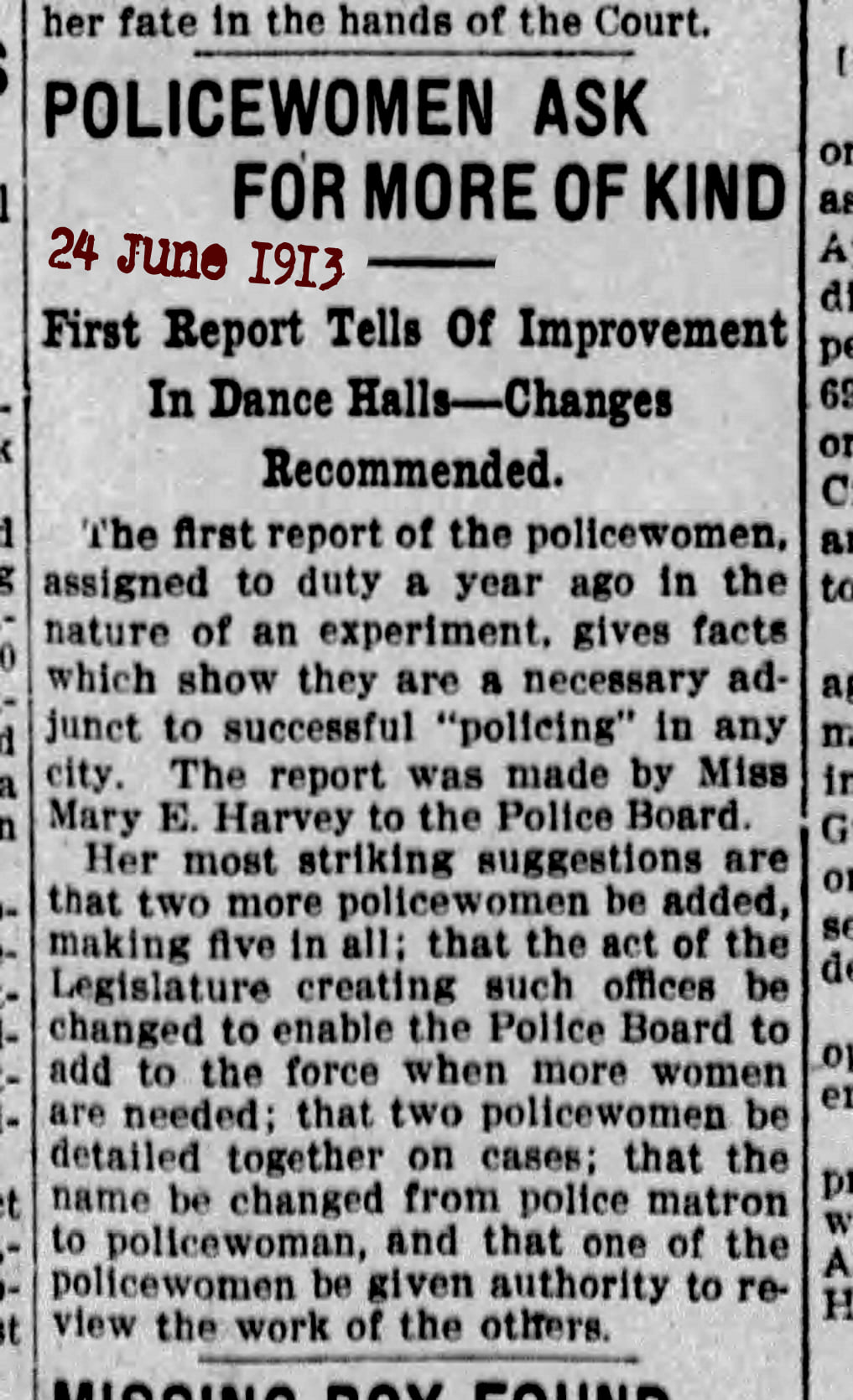
![]()
 13 June 1973 Sun Paper Part 1
13 June 1973 Sun Paper Part 1
Click HERE of the above Pic![]()
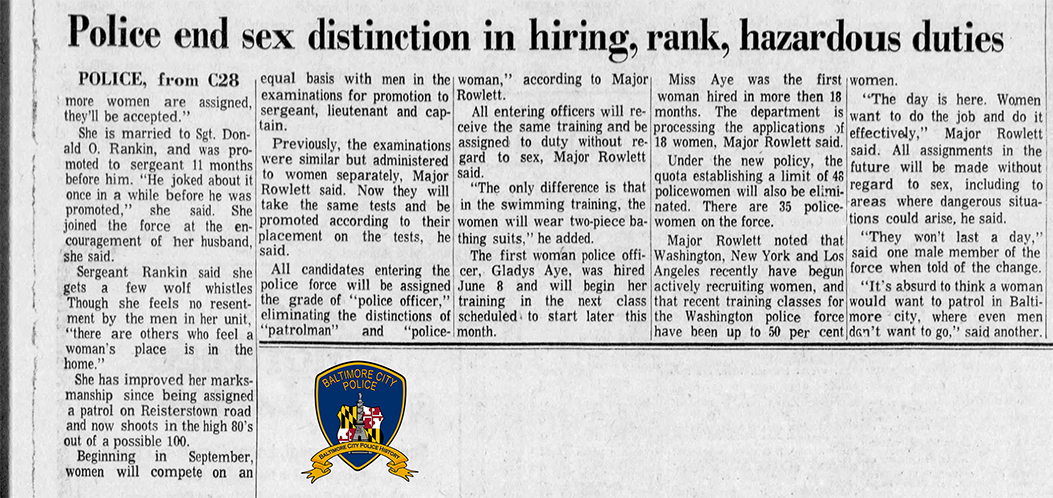
13 June 1973 Sun Paper Part 2
Click HERE of the above Pic![]()
This article verifies Police Officer Gladys Aye became the first woman officer to enter the academy after the designation Police Woman was dropped and both men and women officers went by the single title of "Police Officer." This also gave female officers the opportunity to be promoted above the rank of Lieutenant. The change from Policeman and policewoman was in the works for nearly two weeks before it was officially announced on 12 June 1973 and Officer Ayes was hired with the knowledge that she would hold the title Police Officer by the time the academy class began.
 Police Officer Gladys Aye
Police Officer Gladys Aye
The First Woman Officer to Enter the Academy
Click HERE or on the Picture Above
![]()
This year, [1957] nearly 10,000 high school girls throughout Maryland will receive graduation diplomas, with an estimated 1500 more receiving college degrees. What kind of job will they look for? This is the second in a new series of articles appearing regularly in the women’s pages of the Evening Sun telling of the diverse job opportunities open to intelligent young women who regard their work as “more than just a paycheck.”
The Evening Sun Friday
A Girl and Her Job
24 May 1957
Hometown Adventures and Intrigue
By Alice Price
Baltimore women, 21 through 35, can find adventure and intrigue without ever leaving their hometown. Mrs. Frances Seidlick, Senior Policewoman in the Women’s Division of the Baltimore City Police, declares that in her nearly 13 years on the Force, “there has never been a dull moment.” A junior colleague, Miss Geraldine Lane, a former WAC, who has recently completed her two-year probationary period, was quick to agree. All of Baltimore city’s 39 Policewomen are frankly enthusiastic about their work and every hour of the day they are policewomen first, and above all. That they are instilled with a loyalty to themselves, their city, their fellow workers and the public is apparent in every experience, they relate.
Room for One More
There are more members of the Women’s Division in Pine Street Headquarters than ever before. However, there is room for one more, says Captain William L. Hartung, Chief at the Women’s Headquarters there. The objective of the Women’s Division, established in 1912, is the prevention of crime. Subsequently, a great part of their work deals in the area of human relations, particularly cases involving negligence and broken homes. Before going into the department, they are aware that there are violations of the law. But after they come in direct contact with cases involving the criminal neglect of children, assault, mashers, purse snatchers, nonsupport, rape and others, they are, as Miss Lane puts it, “Outraged at the commonplace prevalence” – of these things.
Recalls 1955 Case
Much of the policewomen’s time is devoted to the negligence of children. It is unbelievable, says Miss Lane, how very severe this condition is today, even in times of relatively high prosperity. She recalls a case, about two years ago, when she first came on the Force, where 10 children and their parents were found living in two small rooms. The children were sleeping on piles of dirty closed. And that the father was an alcoholic. There was only one definite course to take. That children taken into custody of the court. The court, in turn, put the children in the custody of the Baltimore City Dept of Welfare’s Home Finding Division, later, they were placed in Foster Homes. In most cases, such drastic action is not necessary. Miss Lane and Mrs. Seidlick both agree that reap the greatest satisfaction from their work when they can witness progress in bringing a disorganized family to operate as a single unit again.
Woman Eats Garbage
Outstanding in Mrs. Seidlick’s recognition is a case, several years ago, where an African American woman was found eating from garbage cans and wandering in the streets. Apparently in her late seventies the woman told of being “In-service” with a local family until she had outlived her usefulness. Since she had no home, and no relatives there was nothing left for her, she said, but the streets.
Tears came from the policewomen’s eyes as she recounted the story of this wrinkled, feeble old woman dropping to her knees in relief and thanksgiving before a Nun of the Little Sisters of the Poor after her request to live in the convent and care for the chapel had been promised. The desire to help is one of the basic characteristics every police applicant must possess. If a woman lacks this, Captain Hartung explains, then “they are no good at all, to the department.” Though the women in the city’s police department are not attracted to their careers by the anticipated excitement alone, they will have plenty of it.
Other Daily Chores
And, there is a daily variety of duty. Aside from handling such cases as nonsupport, negligence of children, etc., they are apt to work on special detail with Abortion, Rackets and Narcotic Squads, the Missing Persons Bureau, Sanitation Department, Mashers, Molesters and Gamblers. Not too long ago, Ms. Lane was “roughed up a bit,” when a young Purse Snatcher selected her as a victim. Miss Lane, was actually a decoy flanked by two plainclothesmen in an area where the snatcher was operating. The young culprit was thwarted but managed to flatten Miss Lane before he was shot while trying to escape, by one of the protective officers. In the excitement Miss Lane didn’t have a chance to signal her bodyguards as previously planned. Policewomen are often frightened but never thwarted from their duty. They will tell anyone they are often scared but ever confident of the coverage they receive from the officers accompanying them whenever they act as decoys. About a year ago, three months after they had been armed with a small revolver, several were detached as decoys in an effort to catch a, “Slasher” loose in the northeastern section of the city.
“They Were Scared”
“Sure,” they admit, “they were scared then,” but had confidence in their ability and the realization that they had, “a real job to do.” Women on the force find also that the policewomen’s salary and security benefits are attractive. They receive the same salary as the policemen: the first year $4000 is their base pay; the second, $4250, and the third year, $4500. During their service with the department, the women are granted “Unlimited Sick Leave,” provided they don’t misuse this privilege, of course, says, Captain Hartung.
Other Types of Work
The more background in education and general work experience a woman has the better, naturally, the Captain believes. They may be called on for duty as a stenographer, nurse (there are three registered nurses in the department now) telephone operator, waitress, or a number of other vocations – whatever the situation demands. An applicant must first take a battery of tests, including one for intelligence and aptitude, at the State Employment Service Office at 6 North Liberty Street. If she receives a satisfactory grade, she’d advance to the City Service Commission for an application. After formally submitting her application, each woman is setup for a “rigid” investigation.
Similar Training
Women making applications for appointment with the Women’s Division need not necessarily be perfection personified. They must, however, measure up to a certain requirement. Besides, unquestionable loyalty and a broad interest in social work, the applicants must have unimpeachable conduct, manners and a good general intelligence. And too, each applicant must realize the responsibilities of the job.
Besides receiving the same salaries as a fellow policeman, the women undergo a similar training program. After their appointment by the Baltimore City Police Commissioner, they attend Police School for a 12 week course which includes instruction in law, conduct, and this is all one courtesy (for creating a good public relationship) judo and firearms. The department feels judo, which enables a woman to employ physical protection where ability and no how mean more than strength, and accuracy in firing a handgun will be sufficient. Entire practice, a marksman score is their aim – 60 out of a possible one hundred bulls-eyes.
Expansion Program
In addition, policewomen during the 12-week training period, must pass a “rigid driver’s test,” following a two-day instruction course. Captain Hartung, says the Women’s Division handles about 170 cases a week involving anything in the racket line plus: runaway juveniles, accompanying women into court, negligence, nonsupport and others. Apparently, there is a constant and ever-increasing need for women in the Baltimore City Police Department. An expansion program has been in effect since the women’s division was organized in 1912 with a lone woman “squad.” In 1940 (Mrs. Seidlick came to the department in 1944) there were only three women in the division. However, since the women moved to the Pine Street Station in 1952 with an 11 women detachment, the department has steadily expanded by reason of demand.
![]()
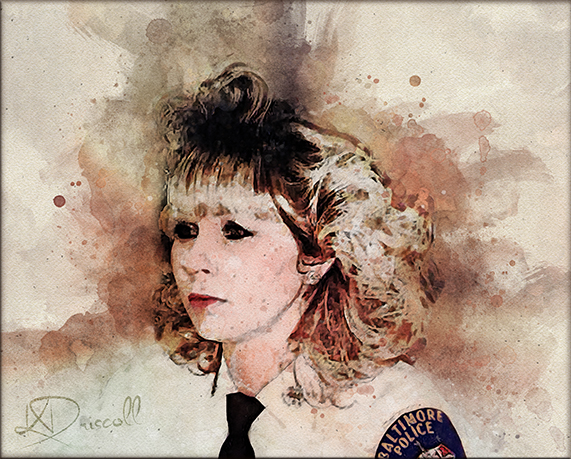 Donna Watson
Donna Watson
![]()
In the 1915 BPD Rules and Regulations, a Policewoman's job was described as
Rule 20 Page 48-49
Matrons of the Police Force (Policewomen)
1. Matrons of the Police Force (Policewomen), are conservators of the peace and members of the Force; they are amenable to the rules and regulations of the Department in so far as the rules and regulations respectively apply, subject to such modifications thereof, as may from time to time be defined by the Board of Police Commissioners or the Marshall in special and general orders.
2. They would report directly to the Marshal and will perform such special and general duties and make such reports as may be from time to time directed by the Board of Police Commissioners, or the Marshal.
3. Matrons to the Force (Policewomen), shall serve on probation for one year.
![]()
Our Ladies of the Law
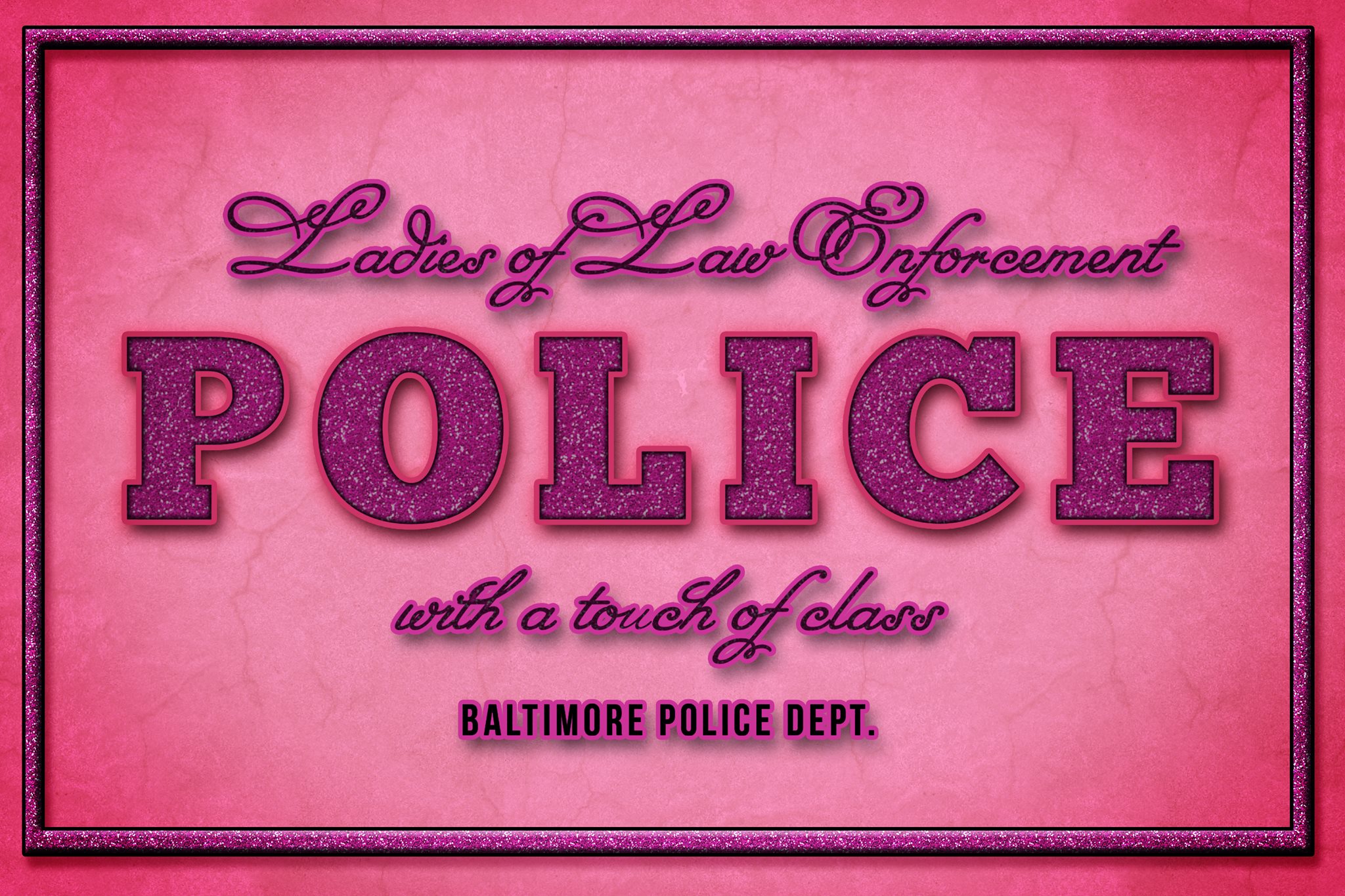
 Firearms Training - Handgun Retention
Firearms Training - Handgun Retention
10 April 1925
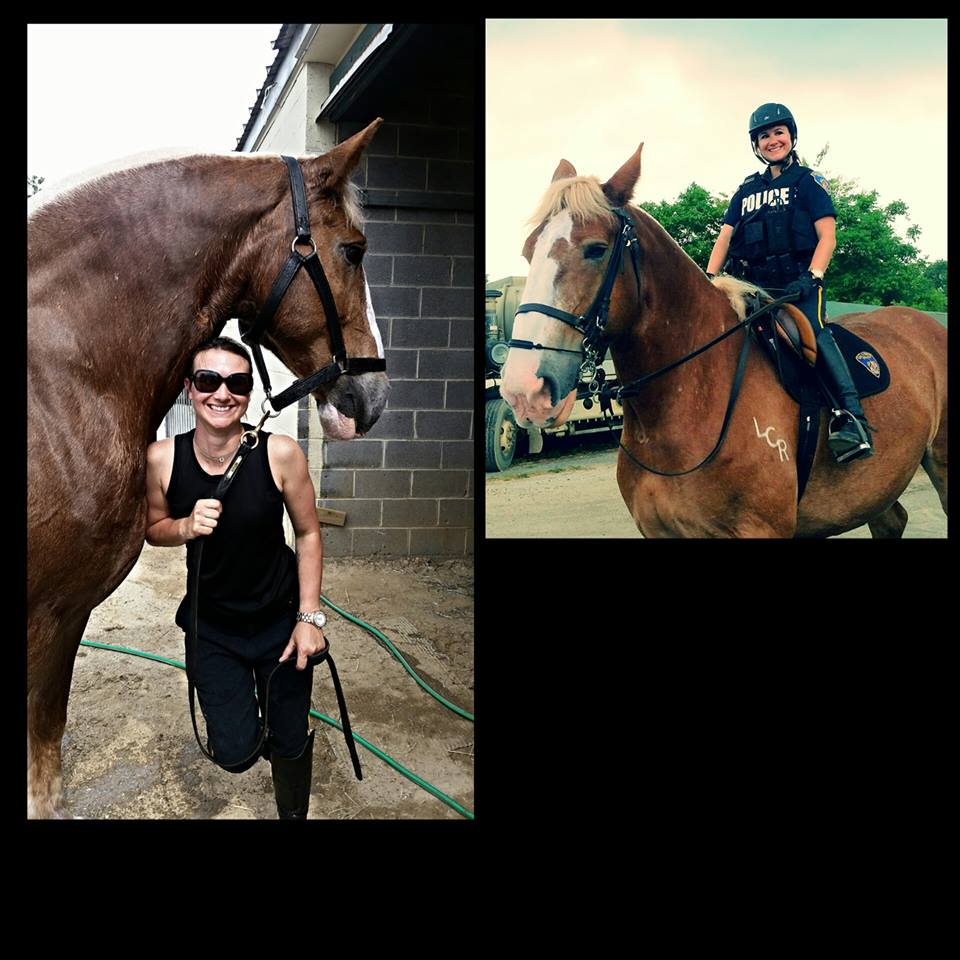
Woman Appointed Sergeant of Police
Jun 3, 1945
Miss Anna F. Bresnan, Chief of Policewomen of the Baltimore Police Department, yesterday was appointed to Sergeant, by Hamilton Atkinson, Commissioner of the Police Department. The first woman elevated to the rank of Sgt., Miss Bresnan was appointed to the force in November 1929, and on October 10, 1944, was placed in charge of policewomen after the retirement of Miss Eva Eldridge, who held the post for 15 years. The staff now consists of four white women and two Negroes.
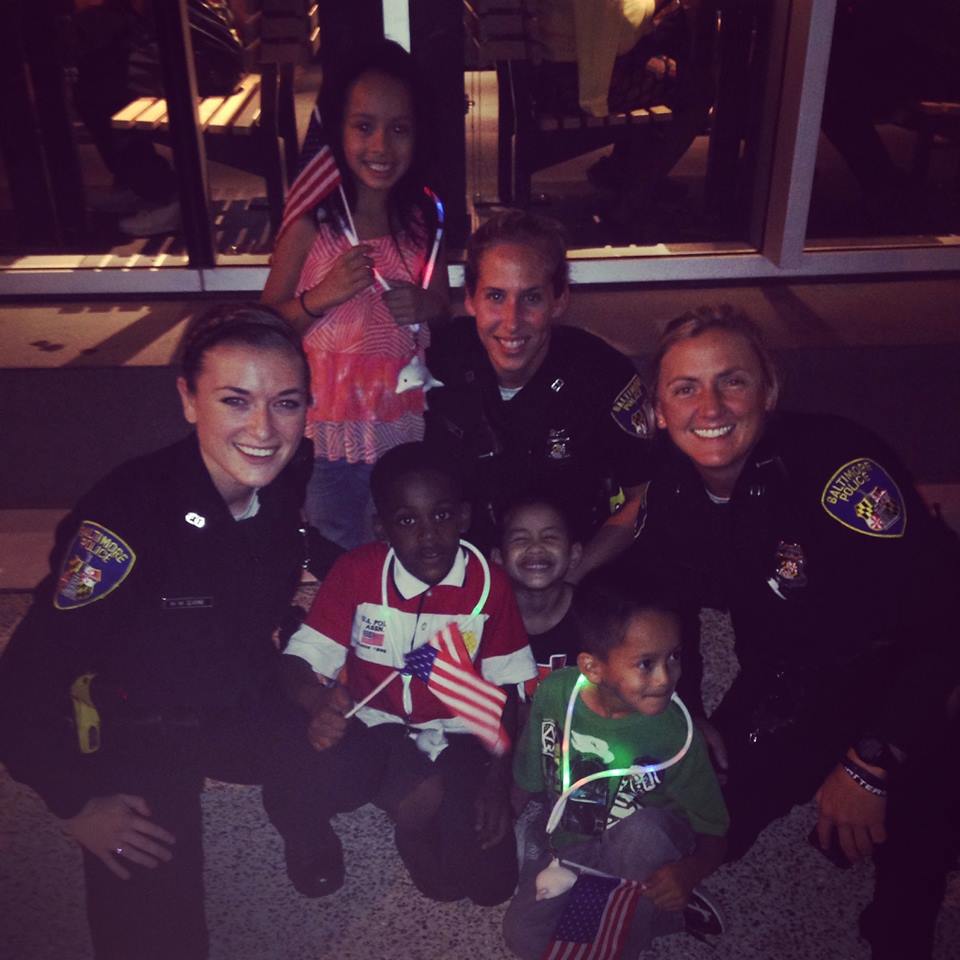
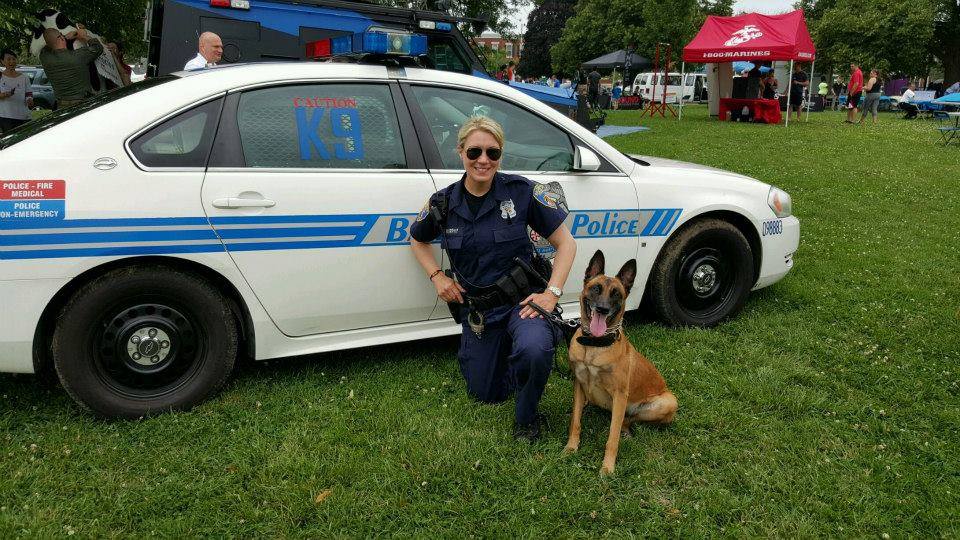
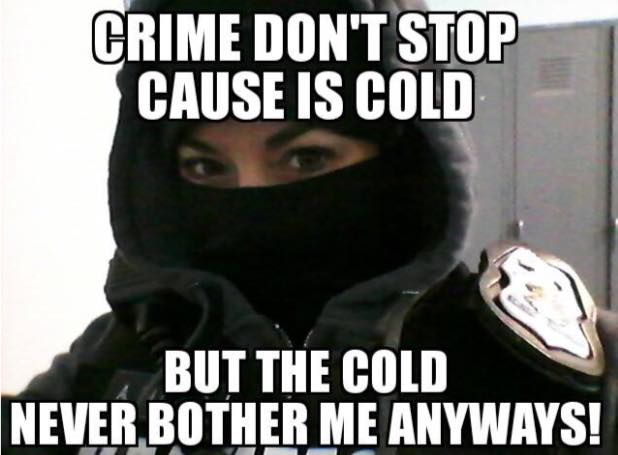
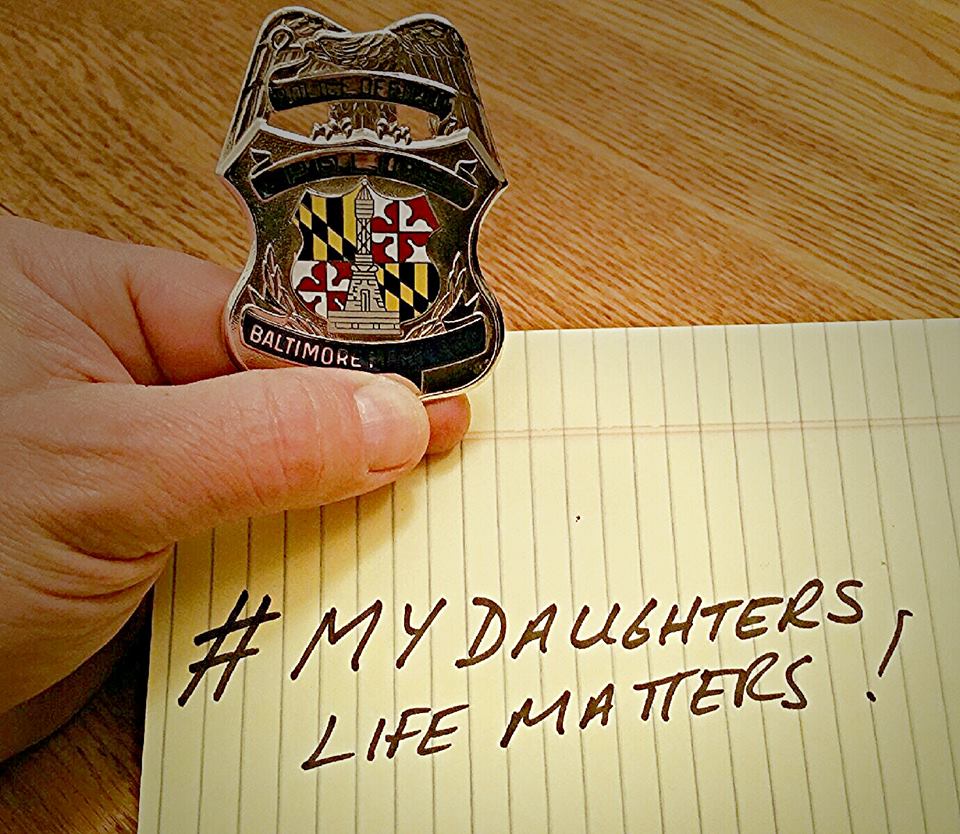
1954 Three New Women Officers Join the Baltimore Police Force
Click HERE for full size article
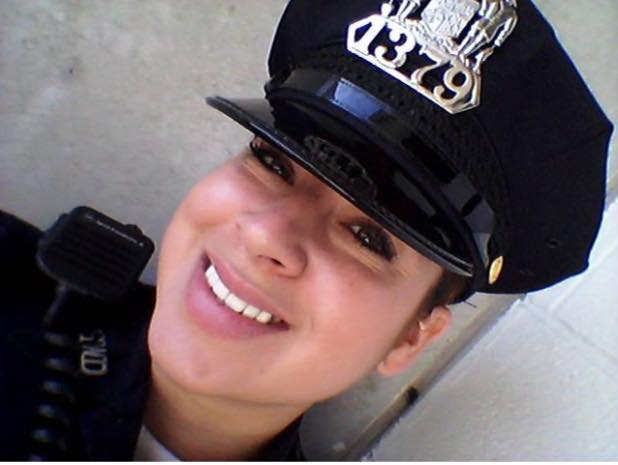
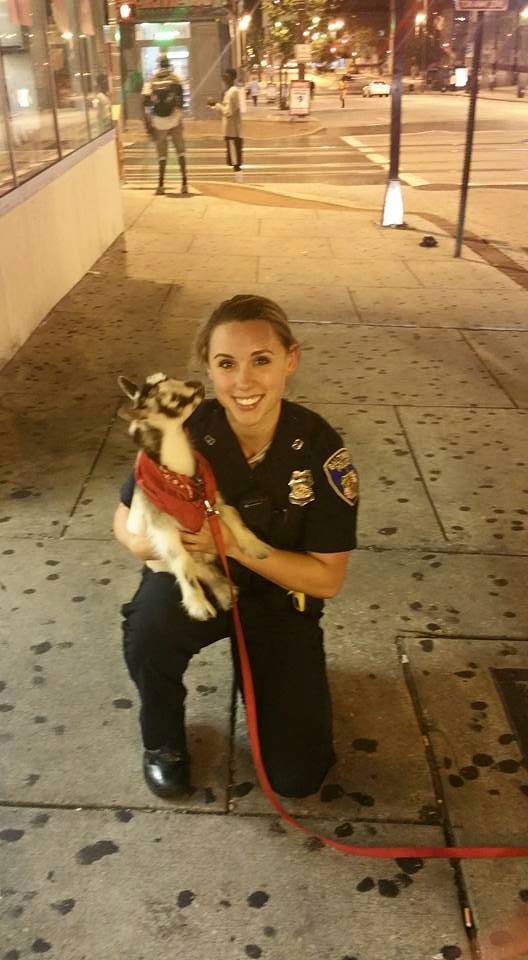
This was a detail in which Major Bolesta put Sue Ritz and Andrea Nolan on in January 1984. They were decoys for a purse snatching crew that were targeting elderly women in Sector 3 (Cross-country Blvd., Rogers Ave.) While Sue and Andrea walked foot, they were trailed by P/O Joe Drobrashelsky. One night while walking past the Fire Station on Cross-country, the firemen saw Officer Drobrashelsky trailing the ladies and thought he was the purse snatcher. Our fine women in law enforcement had to break cover to prevent their tail from getting a beat down by the fire department.
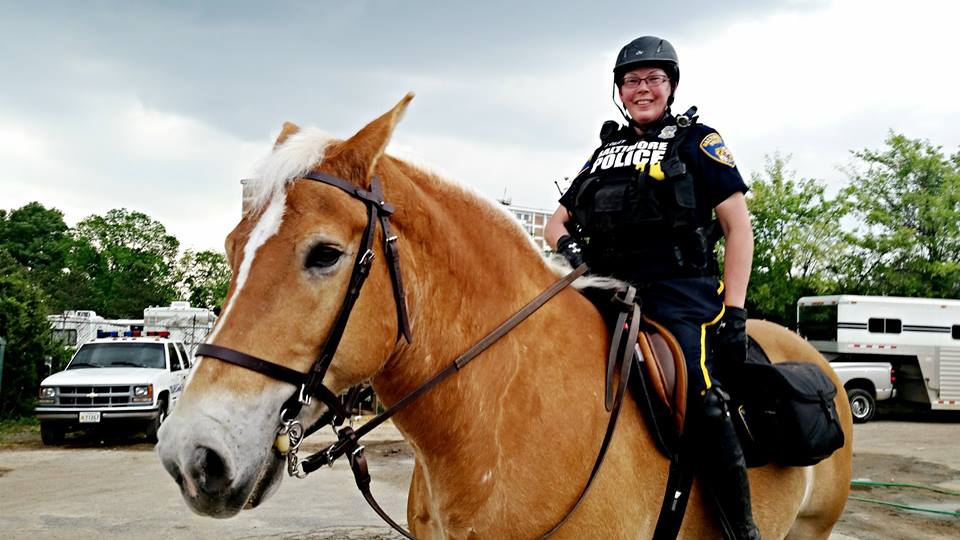


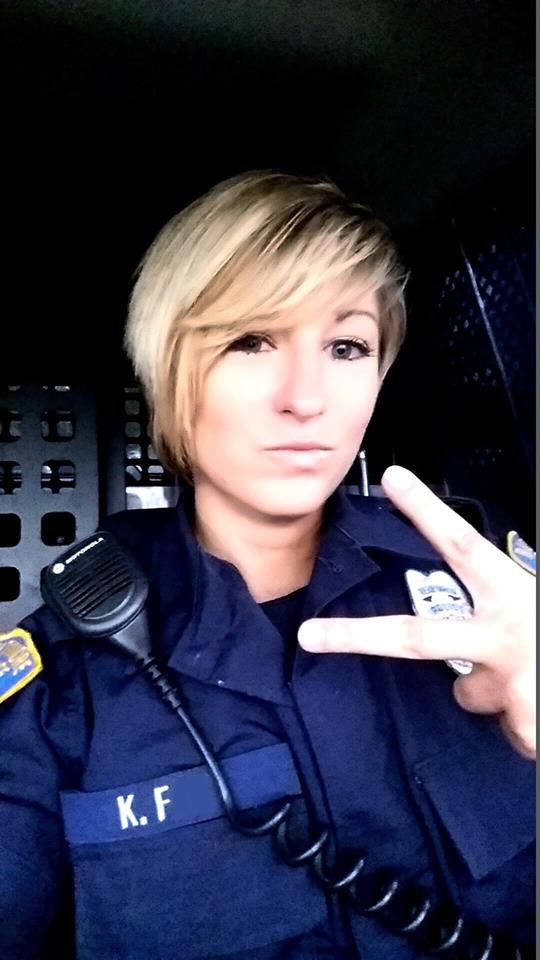
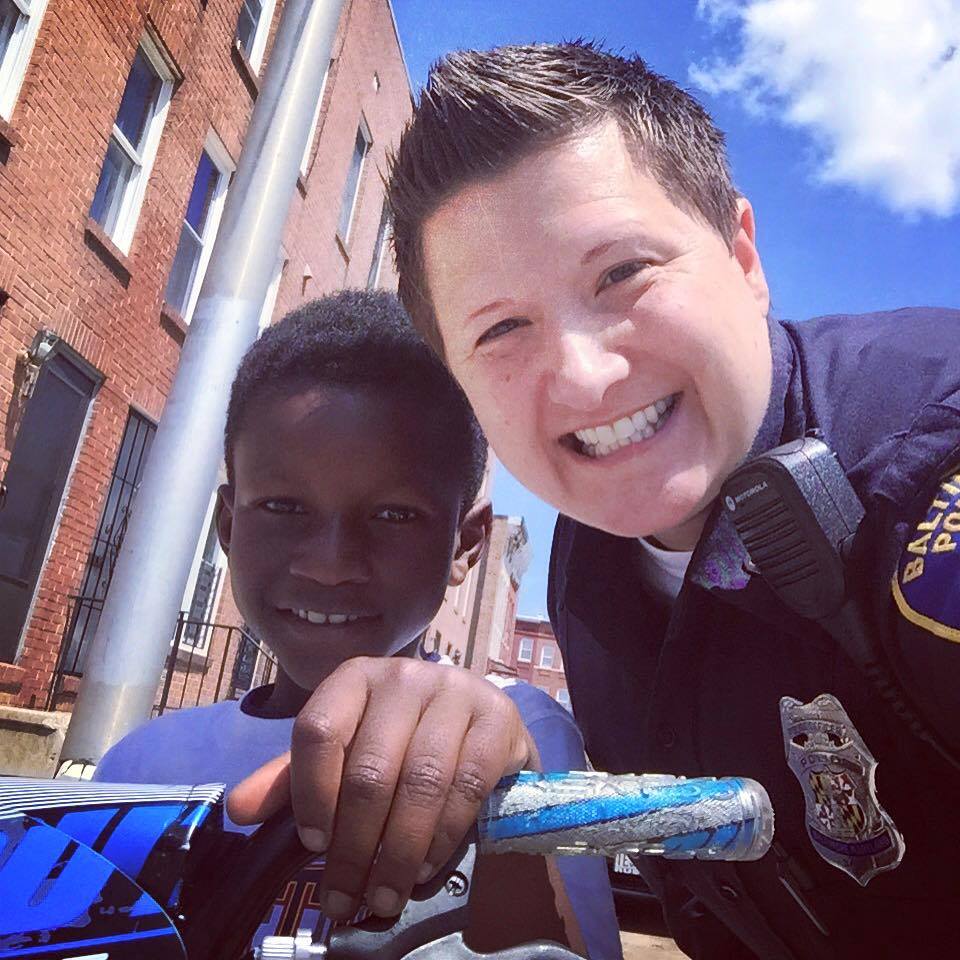
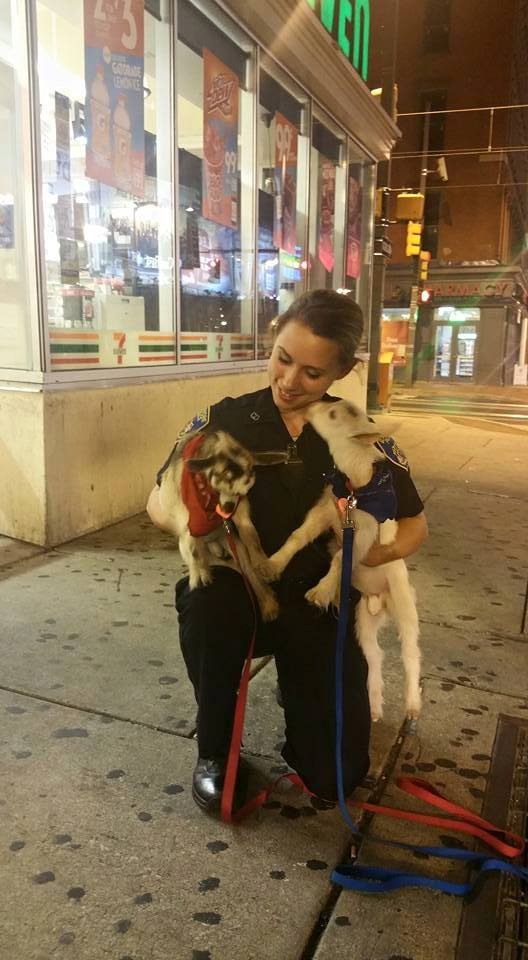

Baltimore's Finest
Baltimore City Police Department's First, and Second Policewomen
The first women hired under the title of, "Policewomen" by Baltimore City was Mary S. Harvey, E.O.D. of 19 June 1912, followed by Margaret B. Eagleston on 22 July 1912. She traveled the world to inspect how other departments were using female officers and reported back to the Marshal of Baltimore's Police. Mrs. Harvey, passed away on 26 Mar 1934, in Tyron, Craven County, NC. Ms. Eagleston who was the second female officer hired, 22 July 1912, passed away on 3 Oct 1929, while she was still active in the BPD. Policewomen at that time were assigned to HQ under the Police Marshal, and mostly dealt with Social problems, children, other types of crime involving women, as well as challenged individuals.
In 1914 the first woman officer to be shot in the line of duty within our agency was Elizabeth Faber she was shot 18 Oct 1914 on the Edmondson Avenue Bridge (Officer Faber survived her injuries, but resigned less than a year later due to those injuries, and somewhat might today be called PTS or PTSD - Women on the force at that time would not become armed until 1925; a full 11 years after the shooting of this officer, and 13 years after the first woman officer was hired. They were true pioneers in the Baltimore Police Force). ![]()
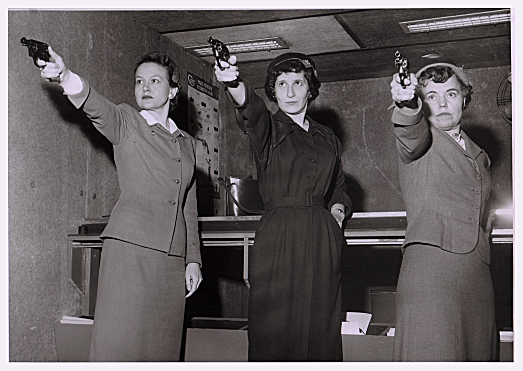
Sun Paper Photo by Ellis Malashuk
28 Mar 1925
Policewomen Receive - Firearms Instruction
March 28, 1925 - Baltimore Sun Paper
Two female members of department given the first lesson in pistol shooting. Baltimore policewomen yesterday received in their first lesson in the use of firearms. Lieut. James O. Downes, expert marksman and instructor of the Baltimore Police Department's Pistol Team, explained the use of pistols to the two policewomen. Mrs. Mary J. Bruff and Miss Margaret B. Eagleston were the students who appeared at the Central police station yesterday. Several minutes later the basement of the building resounded with sharp reports (sounds of gunfire) as efforts were made to pierce the "Bulls-eye". The target was 6 feet in distance from the policewomen. Other policewomen will receive their first lesson next week. The distance of the target will be increased as Lieut. Downes plans to make each of five expert shots. With the exception of Mrs. Mary Harvey, none of the policewomen are familiar with firearms. The others are Miss Eva Aldridge and Ms. Mildred Campbell.
Click HERE to Hear Audio Of First to Recieve Firearms Training
Click HERE or on the pic above to see full size article
Click HERE to Hear Audio Of First to Recieve Firearms Training
![]()
24 Aug 1956
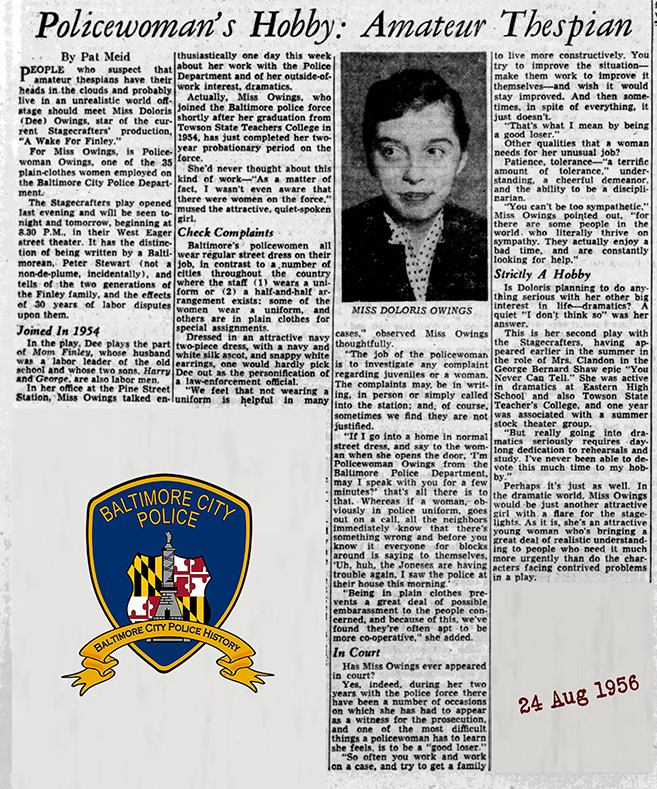 Click HERE or on the pic above to see full size article
Click HERE or on the pic above to see full size article
![]()
POLICE GET FIRST WOMEN SERGEANTS
30 May 1937
Quartet Advanced "Under
Terms Of Bill Signed Friday
By Nice - May 30, 1937
Mrs. Cronin and Misses Lillie, Lynch and Ryan Promoted Pay to be $46.50. For the first time in the history of the Baltimore Police Department, women have been advanced to the rank of sergeant. The women, four in number, joined the force during or immediately after the World War, when there was a shortage of men, and functioned for a time as telephone and signal operators. Under terms of a bill signed Friday (28 may 1937) by Governor Nice, they will hereafter enjoy the rank and the pay, which is $46.50 a week as against their previous $40-of sergeants. Recipients Listed The recipients of the promotions and their present positions are Miss Mae E. Little, clerk in the office of the commissioner. Mrs. Bessie K. Cronin, Northern District telephone operator. Miss Clara Lynch, Clerk, Missing Persons Bureau. Miss Margaret Ryan, clerk in the police
Headquarters. Miss Ryan is the senior of the four in point of service. She was appointed to the force on January 9, 1917, serving on the headquarters switchboard until she was advanced to the clerkship. She lives in 1100 Block Barkley Street. Appointed Same Day Miss Little and Mrs. Cronin, who live at 4329 Glenmore Avenue and 2716 Oak Street, respectively, were appointed on the same day. October 2, 1918. Miss Little served first as Central District operator before being transferred to the commissioner’s office. Mrs. Cronin has remained at her original post at the Northern district switchboard. Miss Lynch was appointed on January 10, 1921, originally worked at the Eastern district board, and went from there to headquarters.
![]()
First African American Female Hired
Violet Hill Whyte

In 1937 Violet Hill Whyte became the BPD's first African American officer hired by the force. She was assigned to the Northwestern / Western District for her entire career. In 1955 she was promoted to Sergeant and in 1967 she was promoted to Lieutenant, and retired shortly afterward. In The Afro American News Paper, they wrote of her -Baltimore's first Black Policewoman, Lieutenant Violet Hill Whyte, 88 died July 17, 1980, at the Keswick nursing home where she had been since November 1979.Born in Washington, DC Violet Whyte was the daughter of the late Rev. and Mrs. Daniel Hill. She was a graduate of Douglass High School and Coppin Teachers College. When she joined the force, she was assigned to the Northwestern District. (The old Western District)Her promotion to Sergeant took place in October 1955 and in the following February she was transferred to the Pine Street station.When the new Western station was opened in August 1959 she was named to head its detail of policewomen. Lieutenant Whyte never wore a uniform and was seldom armed; she worked on a variety of cases on narcotics, robbery, homicides, child abuse, and sexual delinquency. During her 30 years on the force, Lieutenant Whyte never missed a day at work and was willing to go out and work at all hours because she recognized the problems. In a 1963 AFRO-AMERICAN newspaper clipping, Lieutenant Violet Whyte stated: "I'm not afraid of work, my first case was to investigate a homicide and it was successful.” Lieutenant Whyte stated she found it easy to overcome racial antagonism. She received special training in police work in various seminars and universities. She served as commission to study problems of delinquency. During her 30 years on the police force, she proved that time and time again by working 16 to 20 hour days, often starting at 6 a.m. She collected clothing for prison inmates and needy people, made holiday baskets for the needy and counseled delinquent children and their families. ![]()
In an Afro-American newspaper report, they wrote of her - Baltimore's first Black Policewoman, Sgt. Violet Hill Whyte, 88 died July 17, 1980, at the Keswick nursing home where she had been since November 1979. Born in Washington, DC Sgt. Whyte was the daughter of the late Rev. and Mrs. Daniel Hill. She was a graduate of Douglass High School and Coppin Teachers College. When she joined the force, she was assigned to the Northwestern District. (The old Western District) Her promotion to Sergeant took place in October 1955 and in the following February she was transferred to the Pine Street station. When the new Western station was opened in August 1959 she was named to head its detail of policewomen. Sgt. Whyte never wore a uniform and was seldom armed, she worked on a variety of cases on narcotics, robbery, homicides, child abuse, and sexual delinquency. During her 30 years on the force, Sgt. Whyte never missed a day at work and was willing to go out and work at all hours because she recognized the problems. In 1963 AFRO clipping Sgt. Whyte stated "I'm not afraid of work, my first case was to investigate a homicide and it was successful. Sgt. Whyte stated she found it easy to overcome racial antagonism. She received special training in police work in various seminars and universities. she served as commission to study problems of delinquency.
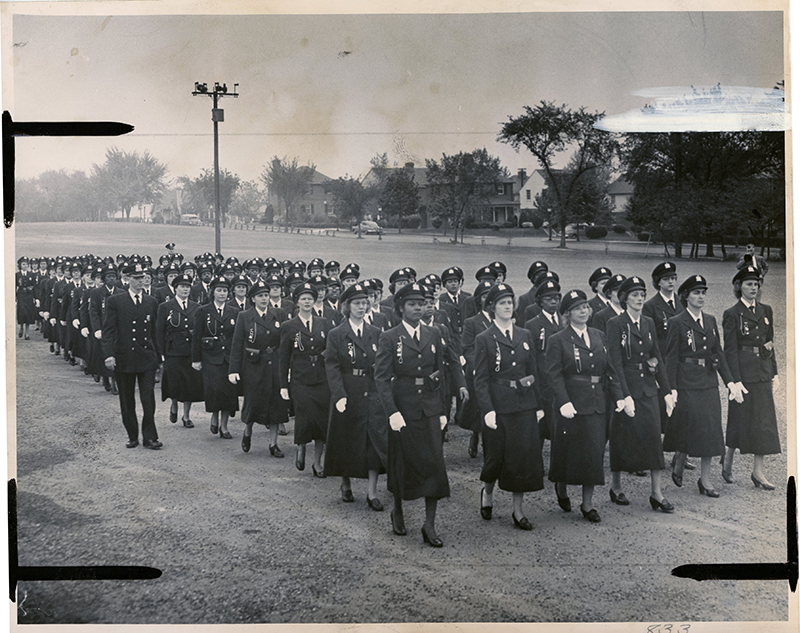
Photo by Sun Paper Photographer Albert D. Cochran
Women and the Baltimore Police Department 1953
12 June 1952
Here It Is, Girls – The Uniform That Will Stop Traffic Next Fall.
Designed by a woman and approved by 10 men who solemnly discussed such details as skirt lengths, stiff plastic visors versus soft cloth ones, heel heights, etc., this is the authorized costume for the newly created Women’s Auxiliary to the Police Force – The School Crossing Guard – who go on duty when classes reopen in September. At the invitation of Police Commissioner Beverly Ober, the men, representing The Department of Education, Automobile Club, Safety Council, and Parent-Teacher Associations, met in the Col.’s office in the Central Police Headquarters to okay the outfit adapted by Mrs. Frederick B. Bang, of the Baltimore League of Women’s Voters.
Visor Adopted
There was some talk of an overseas cap, but since that type is used in so many capacities, the one with the visor was chosen. This, plus a top coat of worsted gabardine, including a zip–in lining for winter, two white blouses, an inch-wide black knit tie, white cotton, and white wool gloves, and the necessary rain-wear comprises the uniform. It will cost about $140 – which the men believe was reasonable enough.
Wear Own Shoes
After a little conversation on the subject of shoes, the men decided “Since comfortable feet are an important factor” to let the ladies wear their own – provided “they are of navy blue calfskin – to match the belt and attached purse – with closed heels and toes and neither perforations nor decorations.” They may be pumps or oxfords. “The height of the heel makes a big difference to some women,” Col. Ober observed. The skirts will be 12 inches from the ground. The high visibility yellow rain cape, with a navy corduroy collar, will overlap the black zippered galoshes by 3 inches. The matching cover will be one of the shoulder length jobs that snaps under the chin, thus protecting milady’s permanent on damp days. And her badge may be attached on both. Col. Ober made it clear that he is only replacing traffic officers already on duty at school crossings and is not creating any new posts. There are, he explained, no funds available for additional guards. He also suggested that potential members of the force mention, in their applications, the school in whose area they reside. The salary is $25 a week will be paid bi-weekly during the school year.
![]()
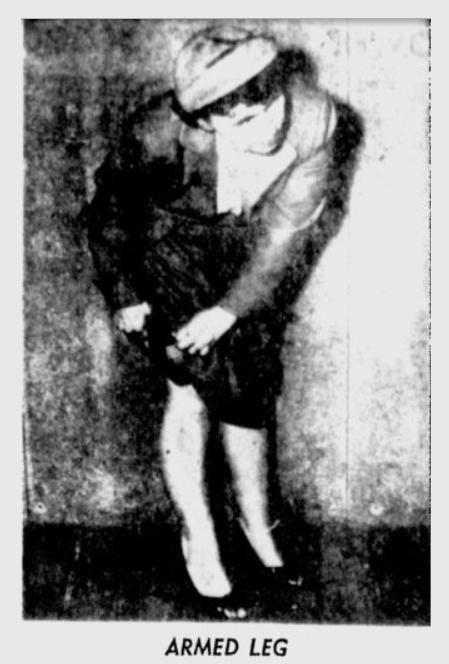 Armed Leg
Armed Leg
February 26, 1956
With a heft of the hem, policewoman, Ethel T. Divens, a Baltimore policewoman draws a revolver from a stocking holster in a demonstration. This is one of several types of holsters that are being tested by the Baltimore Police Department. The city's policewomen have been issued guns for the first time; their work is being extended beyond the juvenile cases they handled in the past. The gun is a special designed .32 caliber revolver nicknamed, "The Cobra". Where to hide it is a subject under study at the department. In detective stories, the female officer carries her gun in her handbag. But in real life, this has its disadvantages as the handbag can be snatched – and as our women officers are used as decoys for purse snatchers – and it holds so many other things. Shoulder holsters can be hidden under a suit. But what happens on a hot summer day? The stocking holster is easy to get at but it tends to pull down the stockings, and drawing it could draw too much attention; especially if the holstered gam is shapely.
![]() Mullen Named First Woman Police Major
Mullen Named First Woman Police Major
1978 - 25 Oct 1978 - Lt. Patricia Mullen, of the city Police Department, was promoted to major making her the highest appointed woman official in the history of the department.

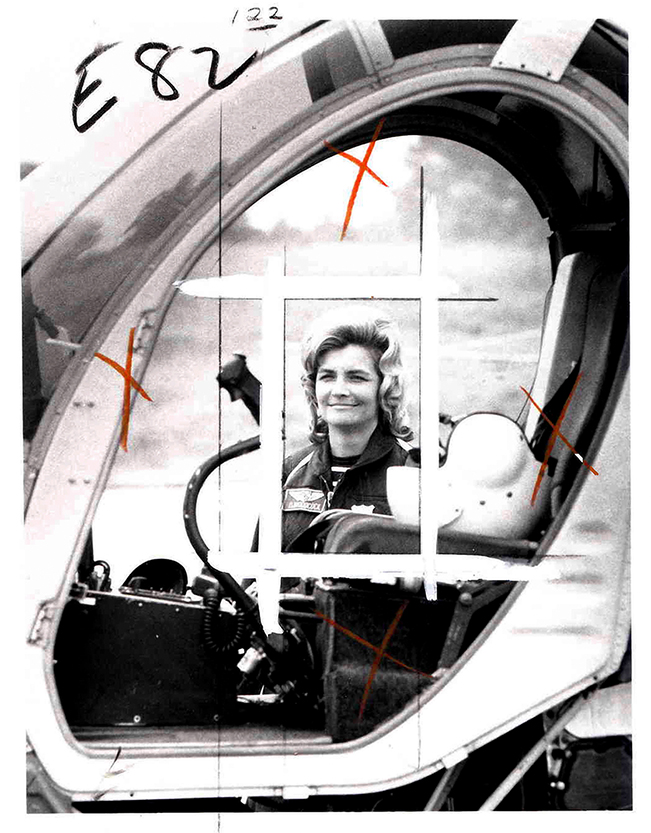 20 March 1975
20 March 1975Officer Dotty Woods
First Female Flight Observer in Baltimore's Fox Trot Unit
Possibly in the State of Maryland says source Baltimore Sun
20 March 1975
First Female Flight Observer in Baltimore's Fox Trot Unit
Possibly in the State of Maryland says source Baltimore Sun
20 March 1975
From "Fifteen Years of Progress Donald Pomerleau"1982
On June 11, 1973, the Civil Service Commission authorized the single classification "Police Officer" to replace the dual designation "Patrolman" and "Police Woman". This reclassification was a continuation of the department's efforts in the area of equal employment opportunity. Female "Police Officers" now had the same prerogatives and responsibilities as their male counterparts. Now only one competitive test for promotions is necessary. Thus, a single career ladder was established for all sworn members.
This is the second part of a series featuring women in nontraditional jobs and who are the first of females in their jobs
In 1970 the Baltimore City Police Department had 53 female officers of which 12 were black. By this year that figure had grown to 163 with 91 being black. Females are not only proving themselves as officers but advancing into unique areas within the department and challenging their male counterparts. Three young ladies, Officer Janice West, Carolyn Hawkins, and Sgt. Linda Flood, all served the requested time on patrol before taking on jobs that earned them second looks, and double takes from the citizens they're out there protecting. Janice West, caught Baltimore's attention last year riding through the streets of Baltimore on a horse, she was the first woman to become a mounted police officer. "I chose mounted because it was something different. - I have never been on a horse before. The department was looking for women in that unit so I signed up for it." She recalls having to ride bareback for the first week and falling off, "I kept saying to myself why am I doing this? I should quit…" - "But then I realized what my ambitions were and I told myself to hang in there, the saddle would be better." Janice, a perfect model type, she stands 5' 10" and wears a size 9 dress; having graduated from the police academy in 1977 she was assigned to the southwest district. "There were not many women when I started some people thought I couldn't do the job but I knew I could", she said with an air of confidence, "I had my own way of handling situations, I just talked to people the way I felt they wanted to be talked to." Miss West states, "Most men she meets the idea of a woman having a different kind of career. They like the idea of a woman not being at home, or in the office." Her duties include issuing tickets and working in crowd control situations. Sometimes she comes down off her horse and works on foot at sporting events at the Stadium. "I really feel good about my job, I feel I've accomplished something. But this is just the first phase of what I really want to accomplish" Carolyn Hawkins a 1968 graduate of Carver vocational-technical high school, joined the department because "Insider work just wasn't for me" in high school while setting her sights on a dressmaking and design career, she had no idea she would eventually become a police officer. "Sometimes I felt like the men didn't want us there but I never had any problems." After graduation Ms. flood was soon on our way to achieving several firsts in the department assigned to the plainclothes division in 1979, she was the first female to work in the STOP squad, one of the department's tactical units. -
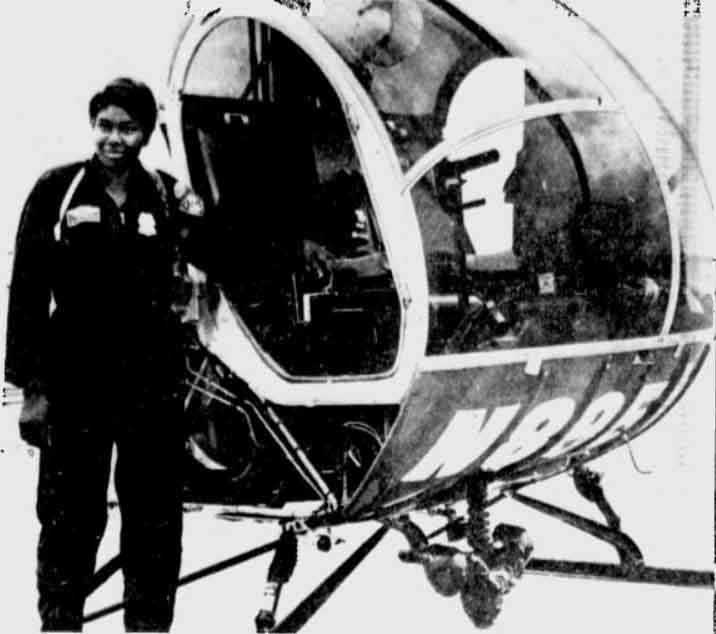
Then came the job as an Aerial Observer in the helicopter unit, another first and now, of the 55 black police officers promoted as a result of a suit filed by several black officers, Officer Flood now Sgt Flood was the only black female, to be promoted to the rank of Sgt. Currently the highest ranking female is Major Patricia Mullins and Lieut. Bessie Nourse, a 16-year veteran is the highest-ranking black female. Mrs. Violet Hill Whyte who died in July became the first black policewoman in 1937 and never missed a day on the job for more than the 30 years.
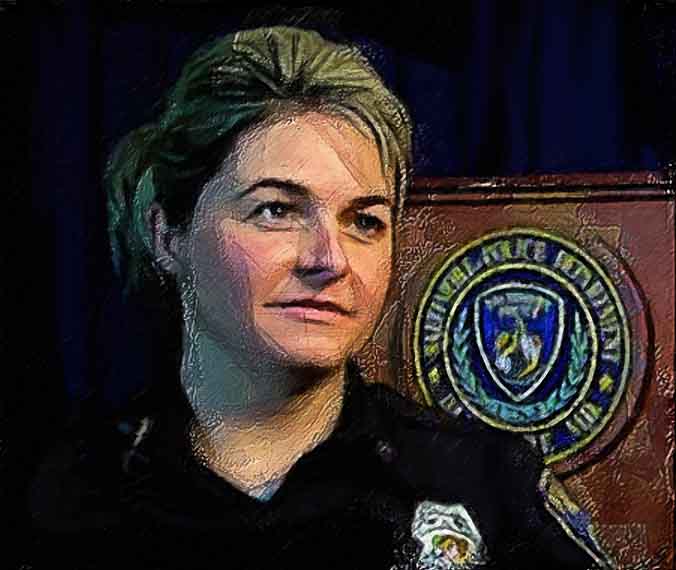
![]()
Police Promote Women to District Commander
23 Dec 1982
Baltimore Sun paper 23 December 1982
Page D4
Police Promote Woman to District Commander
Baltimore city police Commissioner Frank J Battaglia announced several Christmas promotions yesterday, including the appointment of the first woman district commander in departmental history. Lieut. Bessie R Norris, 49, Dean of students with the department’s education and training division, The series of promotions was prompted by the upcoming retirement of Col. William L Rawlings chief of criminal investigations division. Col. Rowlands plans to leave the force January 15 Harry C Allender, now a major serving as deputy chief in charge of the central, Southwest and southern districts, was promoted to Col. and will replace Col. Rawlings. The new deputy chief will be Major Calvin Lewis, who is currently commander of the southwestern district. Major Norris, an 18 year veteran of the force, or replace Major Lewis, in addition to being the first woman district commander, she is also the first black a woman to attain the rank of major. A native of McBee, South Carolina Major Norris earned her associates degree from the community college of Baltimore 10 years after becoming a police officer. In 1976, she received a Bachelor of Arts degree in criminal justice from Coppin State University. She was promoted to Lieut. in 1978 and served in the criminal investigations and personnel divisions before working of the shift commander at the Northwest district station. She was the first woman to be a shift commander in the districts. Major Norris has been working in the education and training division since June. She previously worked in the department’s communication division. In other promotions, Lieut. Joseph T Newman, head of the recently formed and highly publicized narcotics task force, was promoted to Capt. and named as head of the bisection in the criminal investigations division. Capt. Newman, 36, had been a member of the force since 1969. He has worked in criminal investigations division since 1971. In 1980 he received a bronze star for his work and narcotics.
![]() Police Career is Big Challenge for Women
Police Career is Big Challenge for Women
Mar 26, 1987
Police Career is Big Challenge for Women
Deborah I Greene Sun Staff Writer
The Sun (1837-1987); Mar 26, 1987;
pg. G5
Linda flood rarely thinks about the years as she spent flipping hamburgers on the grill or pounding away at a keyboard in the billing department of a store. There weren’t many changes then. Certainly, nothing to compare to the scaling of an 80-foot wall, hovering in a helicopter high above the city, or posing as a decoy for rapist at dark city bus stops. And when she remembers she is but one of three women lieutenants in the Baltimore City Police Department a force made up of thousands, and a hint of a satisfying smile creeps into the corner of her mouth. “When I came here 12 years ago you could count the number of women in the department on one hand,” the 35-year-old supervisor said, “then, everyone was skeptical of me because not only did I have to prove myself because I was new, but also because I was a woman.” During her police career, she has worked with the narcotics squad, the sex crimes squad, the helicopter squad and the internal investigations division. She also was the first woman to graduate from the department’s tactical squad. In the past two decades, Baltimore’s police force has been not only a challenge but a viable alternative for women entering the workforce. Some women officer say that the skills they gather from more traditional roles have prepared them for their job as protectors of society, a career that involves more negotiation than physical confrontation. “Women have for centuries successfully handled the hardest job in the world and that is being a wife and a mother – often as head of the household,” says agent Arlene Jenkins, a spokeswoman for the Police Department and a mother of two, “to me, that’s probably more difficult than being a police officer.” “The same dedication and skills women have used in being a wife and mother are those they use in their job as police officers – skills such as negotiating, mediating, and counseling,” Asian Jenkins says. There are about 300 women on the police force currently made up of 1569 officers officer Bonnie Keller chuckles when she remembers the rigorous 20 weeks of training and a difficult Academy course she undertook at the Academy five years ago. “We took courses like sociology and psychology and I remember that there was always a lot of running. Running up and down steps, running around the harbor in 90° weather, and lifting tires over your head to build upper body strength,” said the five-year veteran. “It never got easier but there was always a lot of support among the officers and it was a good feeling to know that the support you encountered in training you hoped you also would encounter on the streets,” says Lieut. Keller. Some officers develop a “macho attitude” to deal with the skepticism they sometimes face among their peers and the public. But there are times when a strong attitude is needed. “Everybody has their own way of acting when you go out on the street. You never know if it’s going to be a simple call return in the something complex,” says officer Shirley Jean Wood. Some women are reluctant to talk to family and friends about the stress that accompanies their job. Often, in the eyes of their children, they are seen as “supermoms,” balancing a household checkbook in one hand and a nightstick in the other. Many say that despite their proficiency on the firing range, in combat, or while solving day to day problems for the public, their male counterparts remain skeptical of their achievements. “I would like to thank that a lot of the old male viewpoint – that this is a man’s job and there was absolute, no room in this profession for women – has changed and is changing,” says Lieut. Bass. “I think those who thought that a few years ago are learning through experience and observation that is just not so,” he added. The number of women applying to the force is higher today than they were two decades ago when the Academy graduated a woman once or twice a year. However, the number of women promoted to higher rank in the department still remains low. In addition to the three women Lieutenants, the department also has a Colonel and two Sergeants. “You’ve got to be determined,” said Lieut. flood as she squared her white lieutenants, took her place at the podium and led the group of two dozen officers in the roll call
![]()
Female Detective makes History in Baltimore
BALTIMORE - Anastacia Oluoch is spending her 59th birthday Monday in a Baltimore jail. And the woman who helped put her there spent the day talking to ABC-2. Baltimore Detective Julie Pitochelli chased the fugitive around the world and finally brought her back to see justice served, making history with the police department. You don't have to tell Julie Pitochelli it's a man's world. As one of the 702 women in the 3,300 member Baltimore City Police Department, she already knows. She explains, "When I first got here I felt like I really had to prove myself." That was 19 years ago. But Detective Pitochelli's latest move has left no doubt about her abilities. She brought back the first international extradition suspect in the department's history, something no man on the squad has ever done. Pitochelli says helping the department hit that milestone isn’t about her gender, "I like people to judge me based on the work that I do, not because I'm a woman or anything else. I like my work product to speak for itself." In this case, it did and it wasn't easy. Pitochelli’s crammed case folder is evidence. With help from the FBI and Interpol, it took the detective five years to bring Anastacia Oluoch back from Africa. Oluoch fled Baltimore and the U.S. in 2007; accused of beating 90-year-old John Taylor, a patient she was caring for. It was a brutal attack caught on tape by the victim's daughter, Jaki. Pitochelli says, "This one was personal. We don't usually connect with family members as much as I did with Jaki. Five years working with her day in and day out, I consider her a friend now." It is a friendship forged in mutual motivation: righting a wrong and serving justice. Jaki pushed and Julie responded, showing the strength to lead a case from halfway around the world, but never losing the sensitivity it required at home. She tells ABC-2, “I have a way of making people feel at ease. They talk to me. They can tell me things they might not tell other police." Pitochelli helped convince Oluoch's family in Delaware to tell police where Anastacia had gone. She says she also helped build the case that had a Nairobi court send her back, “They had to believe we had enough evidence against their citizen to bring her back." The dedicated detective had collected more than enough over the years. Baltimore Police spokesman Anthony Guglielmi says, "It's refreshing to see how one case inspired her for the last five years to work so hard to bring this woman back to justice." And when it came down to Oluoch's return, it was Julie who got to escort her into Baltimore Police Headquarters. It was an emotional conclusion to an investigation half a decade in the making. Pitochelli says, “It was shocking and relief. I thought, ‘Oh my God, it's finally over’." But even after Oluoch’s return, there were some tense moments. Once back on U.S. soil, Pitochelli had concerns the fugitive would be released on bail. She was eventually held on no bail. Oluoch will be arraigned October 12th in Baltimore.
![]()
U.S.A
1865 - 6 women matrons appointed in New York City.
1880/86 - Police matrons appointed in 13 cities.
1888 - Massachusetts passed a law directing the appointment of police matrons in all cities of 20,000 inhabitants.
1910 - First policewoman appointed in Los Angeles
1924 - 145 cities employ policewomen, (Owings)
1927 - Above facts quoted (C.T.F.E.331)
1929 - Census of policewomen in the U.S.A. gives a total of 593} employed by 260 cities and 28 counties* Largest numbers New York 115s Detroit 45* Chicago 30* Washington 23; Los Angeles 22$ St. Louis 18j Cleveland 15. (Report of International Policewomen's Association) Organized as Women Bureaux*
1930 - Crime Prevention Bureau in New York employed 53 women, (C.T.F.E.509)
1934 - “A movement for the permanent establishment of Women's Bureaux in city police departments and appointment of properly trained and qualified policewomen in all communities”
The first woman who has been made a member of a Police Force “lives in St Paul, Minn. Her name is Mrs. Edwin T. Root and she was named a full-fledged Officer of the law by the Mayor of St. Paul” ….. From that information, I would say, St Paul, Minn had the first Woman Officer in the country.
![]()
 Photo Courtesy Andy de la Vara
Photo Courtesy Andy de la Vara
The Female Police Officer to the far left wearing a black dress with white color is "Nancylee Kleine" formerly "Nancylee Wilhelm"
![]()
POLICE INFORMATION
Copies of: Your Baltimore Police Department Class Photo, Pictures of our Officers, Vehicles, Equipment, Newspaper Articles relating to our department and or officers, Old Departmental Newsletters, Lookouts, Wanted Posters, and or Brochures. Information on Deceased Officers and anything that may help Preserve the History and Proud Traditions of this agency. Please contact Retired Detective Kenny Driscoll.

NOTICE
How to Dispose of Old Police Items
Please contact Det. Ret. Kenny Driscoll if you have any pictures of you or your family members and wish them remembered here on this tribute site to Honor the fine men and women who have served with Honor and Distinction at the Baltimore Police Department. Anyone with information, photographs, memorabilia, or other "Baltimore City Police" items can contact Ret. Det. Kenny Driscoll at This email address is being protected from spambots. You need JavaScript enabled to view it. follow us on Twitter @BaltoPoliceHist or like us on Facebook or mail pics to 8138 Dundalk Ave. Baltimore Md. 21222
Copyright © 2002 Baltimore City Police History - Ret Det Kenny Driscoll


